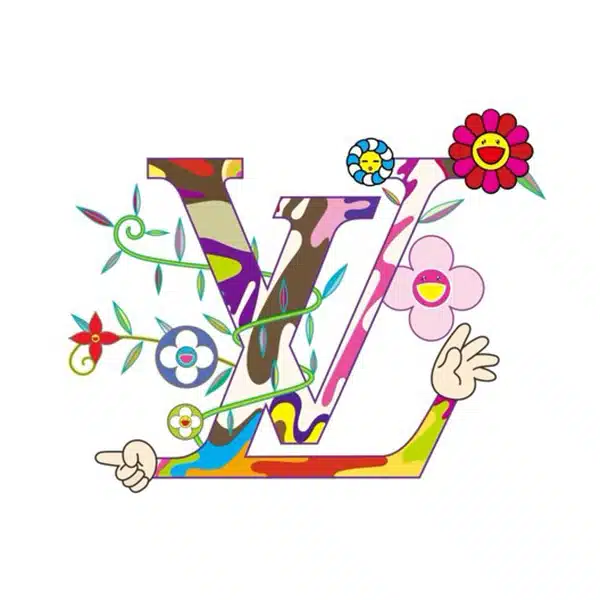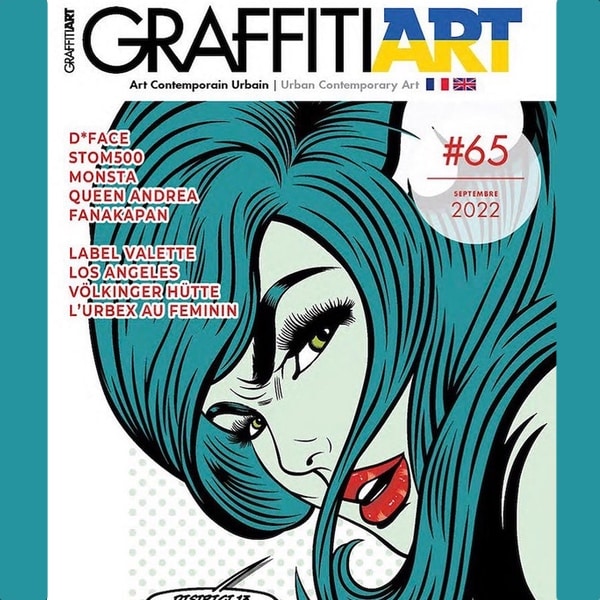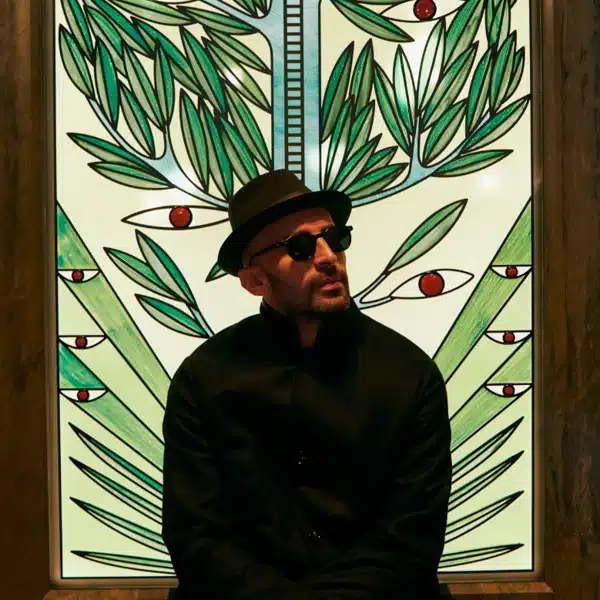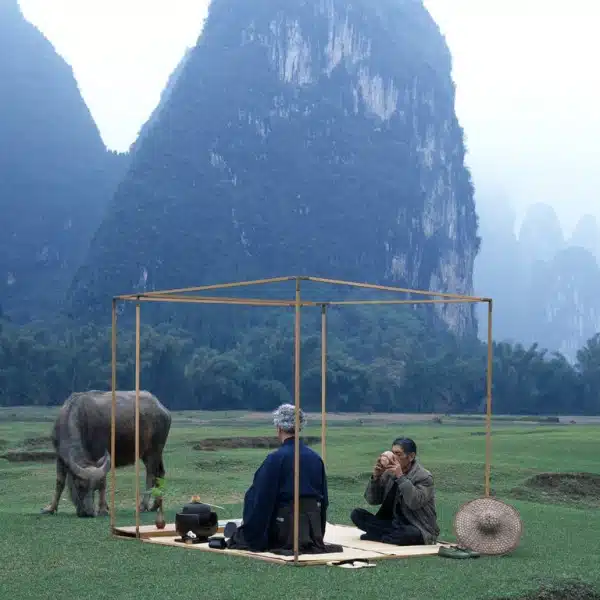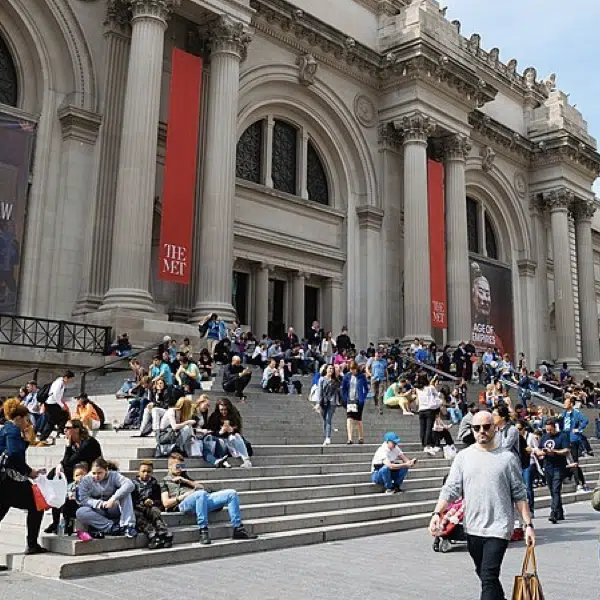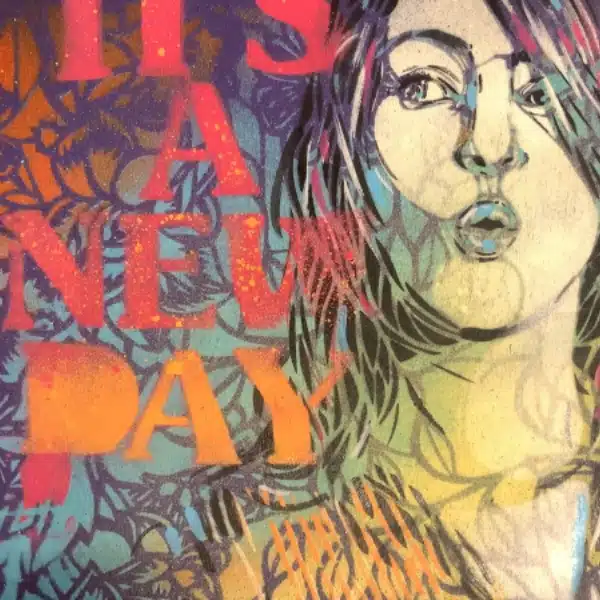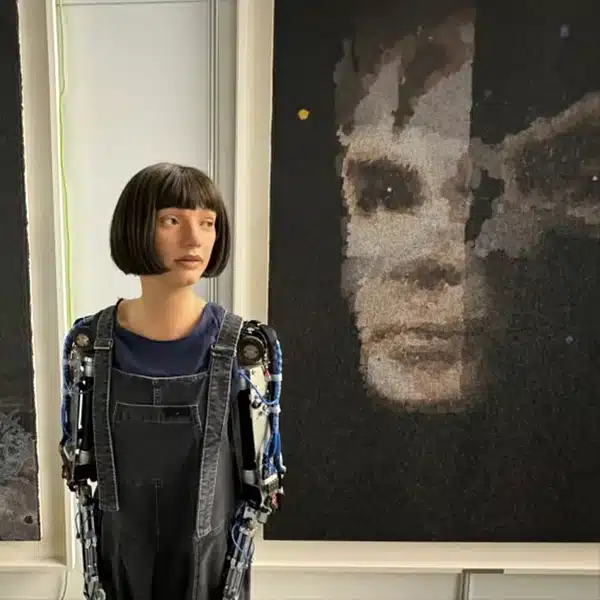Hanji History
Korea adopted the practice of papermaking following its emergence in 1st century China. Hanji is thought to have been developed by Buddhists between the 3rd and 6th centuries, during Korea's Three Kingdoms period.
Years later, at the height of the Koryŏ period (918–1392), Hanji's popularity proliferated. In addition to Buddhist texts, it was used to create currency and books, and it soon found its way into China through trade.
Throughout most of the Joseon period (1392–1910), the art of Hanji retained its popularity to remain a key papermaking practice. From fans and flowers to dresses and even armor, Hanji was used to craft a myriad of everyday objects. However, its golden age ended in the 19th century, when modern methods of mass production made the ancient technique obsolete.
Hanji Today
Today, few people—namely, men in Korea—practice the age-old craft. One artist who aims to change this, however, is Korean-American artist Aimee Lee. Following a hands-on, Hanji-based fellowship in Korea, she introduced the ancient art to America. While she is now known as the country's leading Hanji weaver, she hopes to use her expertise to elevate the craft and “promote Hanji across the world.”
Related Articles:
11 Cutting-Edge Origami Artists Who Are Masters of Paper Folding
Classic Paintings Reimagined as Tattoos Infused with Korean Art Techniques
30+ Large-Scale Art Installations You Won’t Believe Are Made Entirely of Paper












































































